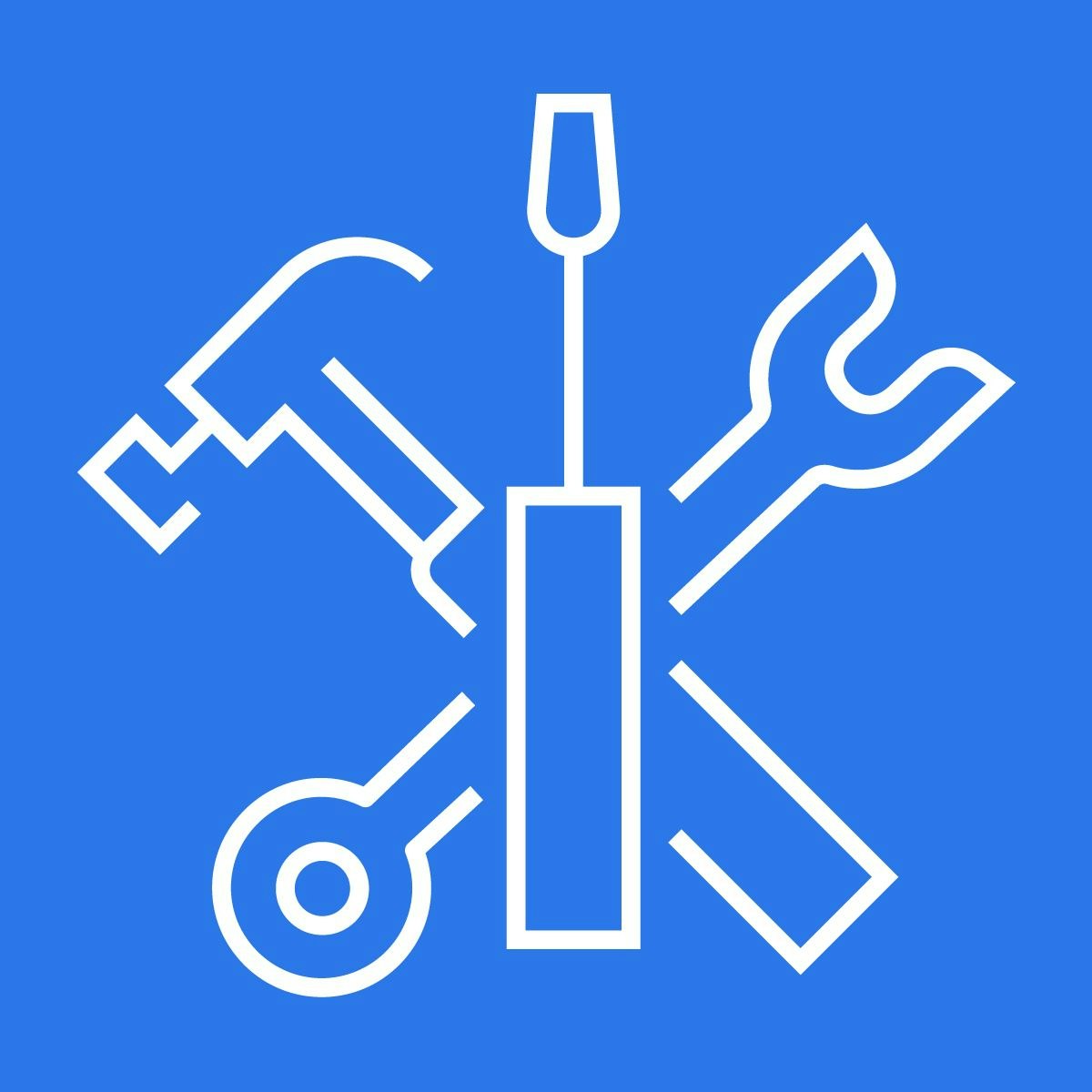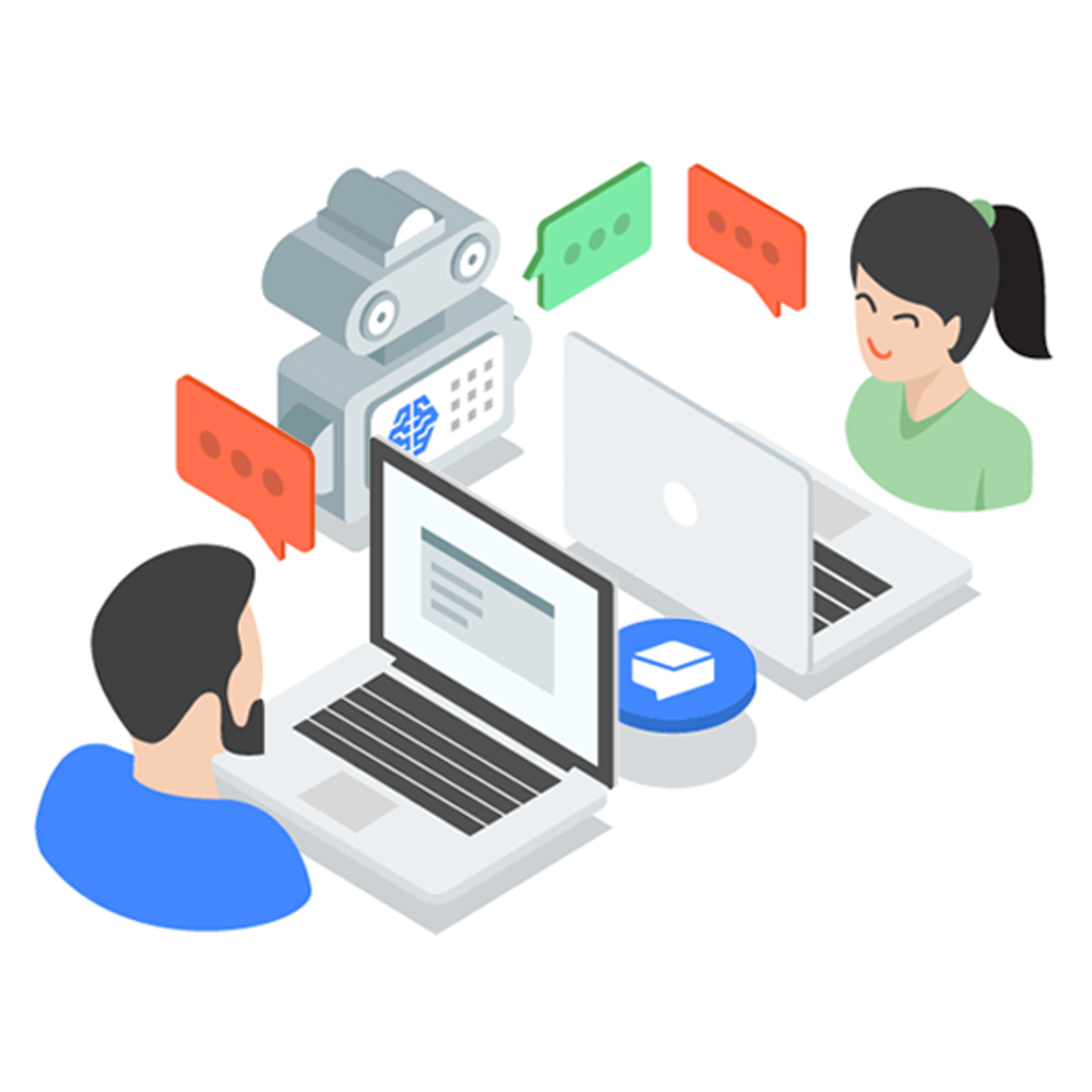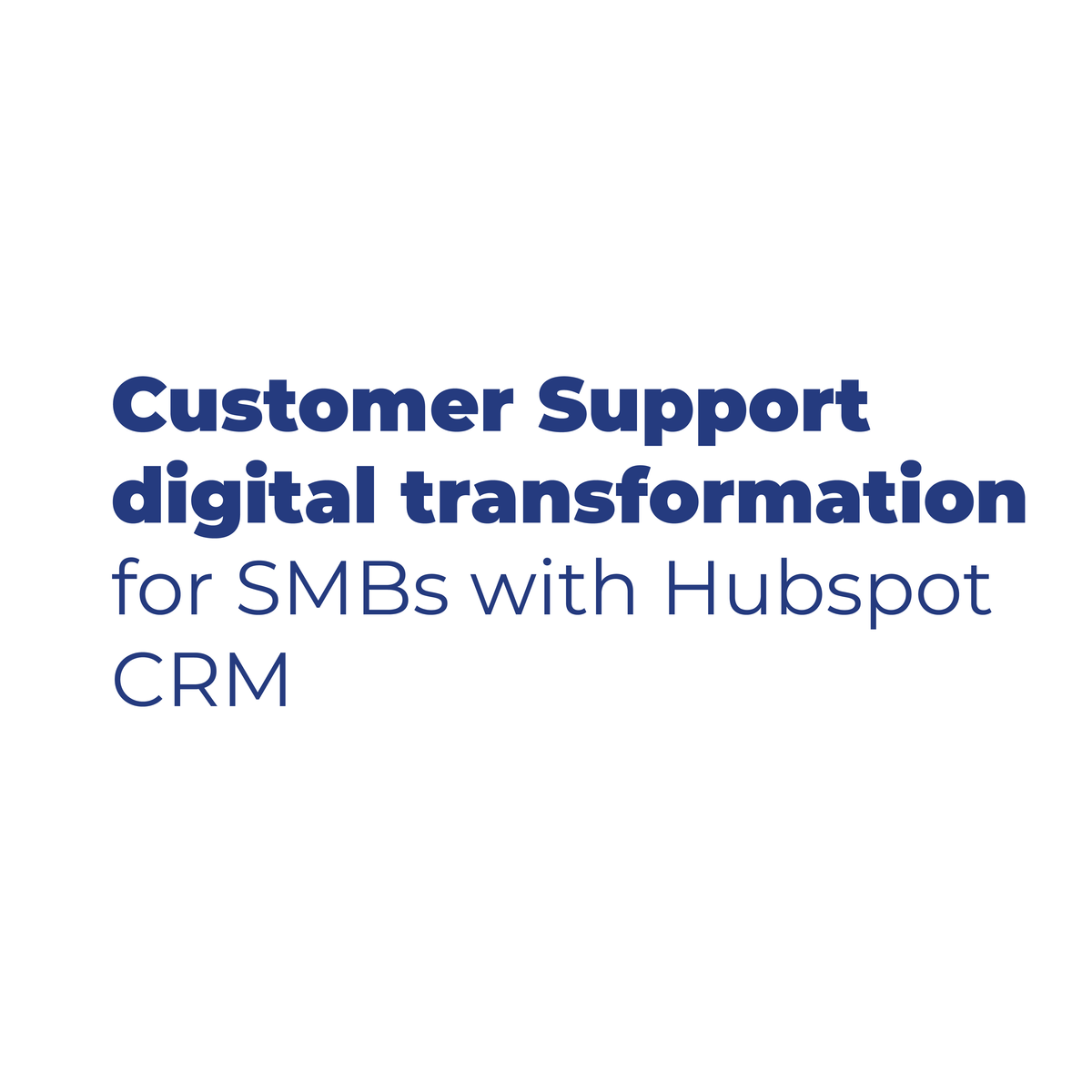Back to Courses









Information Technology Courses - Page 38
Showing results 371-380 of 1471

Automating the Deployment of Networks with Terraform
This is a self-paced lab that takes place in the Google Cloud console. In this lab, you create a Terraform configuration with a module to automate the deployment of a custom network with resources.

Building Modern Node.js Applications on AWS
In modern cloud native application development, it’s oftentimes the goal to build out serverless architectures that are scalable, are highly available, and are fully managed. This means less operational overhead for you and your business, and more focusing on the applications and business specific projects that differentiate you in your marketplace. In this course, we will be covering how to build a modern, greenfield serverless backend on AWS.
Building brand new applications on AWS is a different task than lifting and shifting existing applications into AWS. When you have an existing application that you need to move to AWS, you might first look to using Amazon EC2 as your virtual machines, or maybe you might look into using docker containers and container hosting services like Amazon Elastic Container Service or Amazon Elastic Kubernetes Service. Those are all great application hosting options, but in most cases, they still require you to have some kind of pulse on the underlying infrastructure hosting your application. `
Building Modern Node.js Applications on AWS will explore how to build an API driven application using Amazon API Gateway for serverless API hosting, AWS Lambda for serverless computing, and Amazon Cognito for serverless authentication. We will follow an API driven development process and first mock up what the API will look like. We will cover all the ins and outs of the service Amazon API Gateway, and as you’ll learn- it does a lot more than just hosting an API.
Then we will add authentication to the API using Amazon Cognito. You’ll learn about how the authorization flow works with Cognito, and how to build it into your APIs. From there, we will add a Lambda backend that will be triggered by API Gateway. The lambda functions will be using the AWS SDKs to perform various data processing tasks. You’ll learn about the different configurations that exist for Lambda, and we will show you how to create and manage lambda functions. Some of the features of our API will require multiple lambda functions to execute in a specific order, like a workflow, and we will use AWS Step Functions to create a serverless workflow. Finally, we will talk about how to optimize your APIs at every layer using AWS features.
Note: There are three versions of this class, "Building Modern Node.js Applications on AWS" for Node.js developers, "Building Modern Python Applications on AWS" for Python developers, and "Building Modern Java Applications on AWS" for Java developers. The courses do for a large part, overlap and in general, we recommend that you take the course that focuses on the SDK you plan to use to develop your AWS Cloud based applications.
We expect that you have basic knowledge of AWS already. Some examples of concepts you should be familiar with are: you should know the basics of the AWS Global infrastructure, like what regions and availability zones are. You also should know the at a high-level AWS Identity and Access Management, or IAM, and how it is used to control access to AWS resources. You should also understand what an Amazon EC2 instance is, what Amazon S3 is, what a VPC is, as well as other basic AWS terminology.

Virtual Agent Development in Dialogflow ES for Software Devs
Welcome to "CCAI Virtual Agent Development in Dialogflow ES for Software Developers", the third course in the "Customer Experiences with Contact Center AI" series.
In this course, learn to use additional features of Dialogflow ES for your virtual agent, create a Firestore instance to store customer data, and implement cloud functions that access the data. With the ability to read and write customer data, learner’s virtual agents are conversationally dynamic and able to defer contact center volume from human agents. You'll be introduced to methods for testing your virtual agent and logs which can be useful for understanding issues that arise. Lastly, learn about connectivity protocols, APIs, and platforms for integrating your virtual agent with services already established for your business.
This is an intermediate course, intended for learners with the following type of role:
• Software developers: Codes computer software in a programming language (e.g., C++, Python, Javascript) and often using an SDK/API.
Prerequisite: Before taking this course, learners should have completed the "CCAI Virtual Agent Development in Dialogflow ES for Citizen Developers" course.

De-identifying DICOM Data with the Healthcare API
This is a self-paced lab that takes place in the Google Cloud console. Use the de-identification functionality of Cloud Healthcare API with the Digital Imaging and Communications in Medicine (DICOM) data model.

Manipulating Data with SQL
In this course you will learn to write the SQL code to manipulate the data in a relational database table. You’ll begin by populating the table with data. Since a database and its tables are designed and built to be repositories of data, getting the data into the tables is a critical activity in the building of a working database.
When building a new home, the real test of your design comes when the furniture and family move in. It’s much the same with designing and building database tables—the real test comes when you load data into the tables and begin to use it.
As you work through and complete hands-on tasks, you’ll become familiar with SQLiteStudio, the database management system used in the course. You’ll experience first-hand the impact data types and constraints have on manipulating table data. For example, as you enter new data into a table, you’ll appreciate the extra protection provided by the primary key constraint. It will not let you insert two rows into a table that are exactly alike.
In addition to adding data to the tables, you’ll write the SQL code used to modify existing data values and to delete rows of data. Managing and manipulating data are SQL’s primary purposes, and SQL coding will be a powerful addition to your tool set.
Note: This course works best for learners who are based in the North America region. We’re currently working on providing the same experience in other regions.

Customer Support digital transformation with HubSpot
In this 1-hour long project-based course, you will learn how to identify the concept of business digital transformation, as well as the different types of business digitization, how to determine the role of customer support in your company and identify the customer support processes, how define Customer Relationship Management (CRM) and interpret the importance of using it in your business context and how to customize your own CRM using the HubSpot CRM tool. It will also give you the know-how of evaluating the alignment between your customer support digital transformation and your existing business strategy.
Note: This course works best for learners who are based in the North America region. We’re currently working on providing the same experience in other regions.

Programming in Python
In this course, you will be introduced to foundational programming skills with basic Python Syntax. You’ll learn how to use code to solve problems. You’ll dive deep into the Python ecosystem and learn popular modules, libraries and tools for Python.
You’ll also get hands-on with objects, classes and methods in Python, and utilize variables, data types, control flow and loops, functions and data structures. You’ll learn how to recognize and handle errors and you’ll write unit tests for your Python code and practice test-driven development.
By the end of this course, you will be able to:
• Prepare your computer system for Python programming
• Show understanding of Python syntax and how to control the flow of code
• Demonstrate knowledge of how to handle errors and exceptions
• Explain object-oriented programming and the major concepts associated with it
• Explain the importance of testing in Python, and when to apply particular methods
This is a beginner course for learners who would like to prepare themselves for a career in back-end development or database engineering. To succeed in this course, you do not need prior web development experience, only basic internet navigation skills and an eagerness to get started with coding.

Bigtable: Qwik Start - Hbase Shell
This is a self-paced lab that takes place in the Google Cloud console. This hands-on lab will show you how to use the HBase shell to connect to a Cloud Bigtable instance. Watch the short video Bigtable: Qwik Start - Qwiklabs Preview.

Bash Scripting and System Configuration
Code and run your first Bash script in minutes without installing anything!
This course is designed for learners with no scripting experience. Learners will gain hands-on practice on an Ubuntu system that can be easily transferred to other Unix-based operating systems. The modules in this course cover scripting basics (e.g. control structures), advanced scripting (e.g. regular expressions), git version control, and system configuration (e.g. installing and updating).
To allow for a truly hands-on, self-paced learning experience, this course is video-free. Assignments contain short explanations with images and runnable script examples with suggested edits to explore script examples further, building a deeper understanding by doing. You'll benefit from instant feedback from a variety of assessment items along the way, gently progressing from quick understanding checks (multiple choice, fill in the blank, and un-scrambling code blocks) to small, approachable exercises that take minutes instead of hours.

DDoS Attacks and Defenses
In this MOOC, you will learn the history of DDoS attacks and analyze new Mirai IoT Malware and perform source code analysis. you will be provided with a brief overview of DDoS Defense techniques. You learn an Autonomous Anti-DDoS Network called A2D2 for small/medium size organizations to deal with DDoS attacks. A2D2 uses Linux Firewall Rate limiting and Class Based Queueing, and subnet flood detection to handle various DDoS traffic types. You learn the new Intrusion tolerance paradigm with proxy-based multipath routing for DDoS defense. By developing and deploying such a new security mechanism, you can improve performance and reliability of the system at the same time and it does not have to be just an overhead. By the end of this course, you should be able to analyze new DDoS malware, collect forensic evidences, deploy firewall features to reduce the impact of DDoS on your system and develop strategies for dealing with future DDoS attacks.
For the pre-requisites, we recommend the learners take the Design and Analyze Secure Networked Systems course to learn the basic security concepts and principles and take the Secure Networked System with Firewall and IDS courses to learn the basic firewall and IDS systems.
Popular Internships and Jobs by Categories
Browse
© 2024 BoostGrad | All rights reserved


